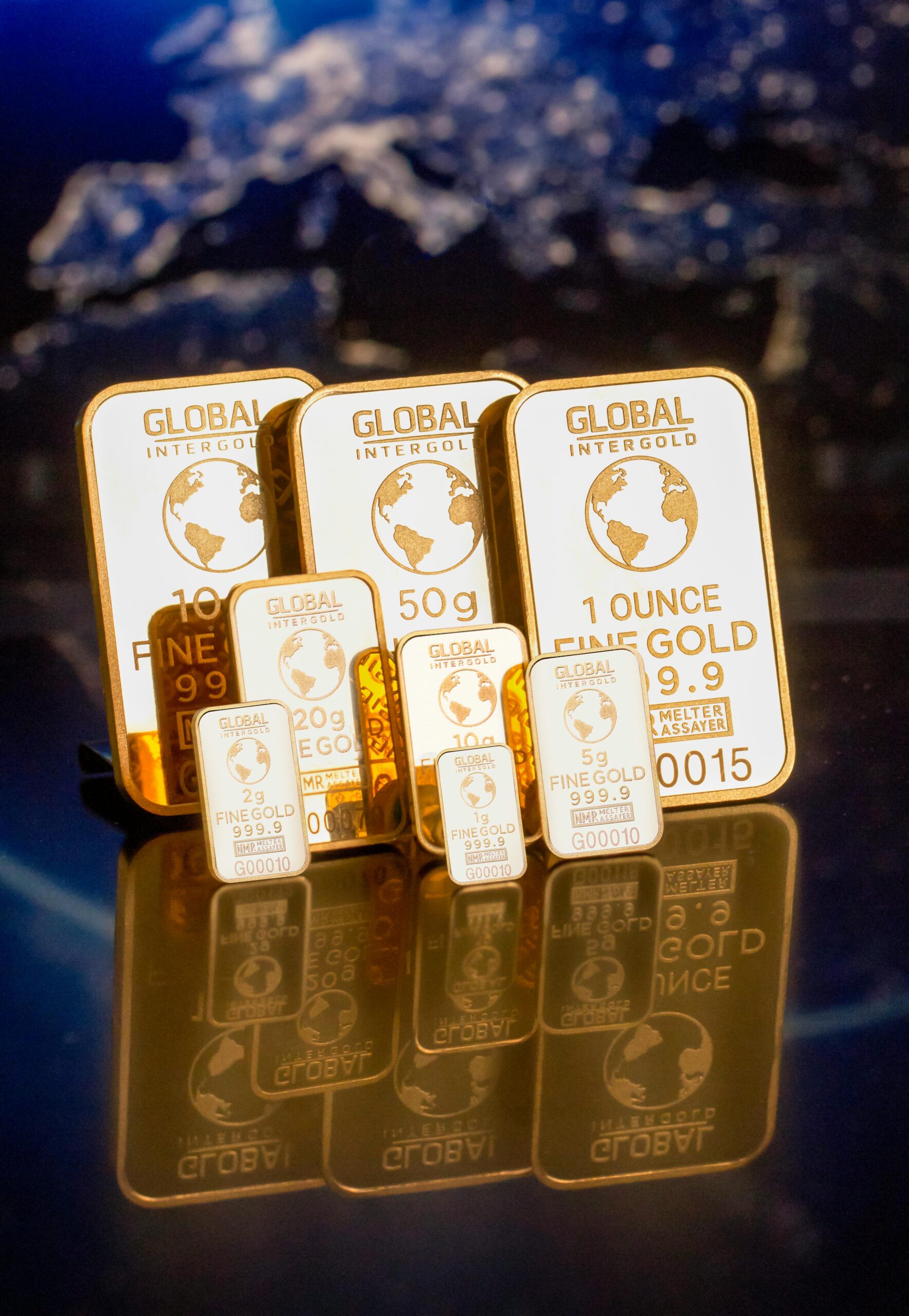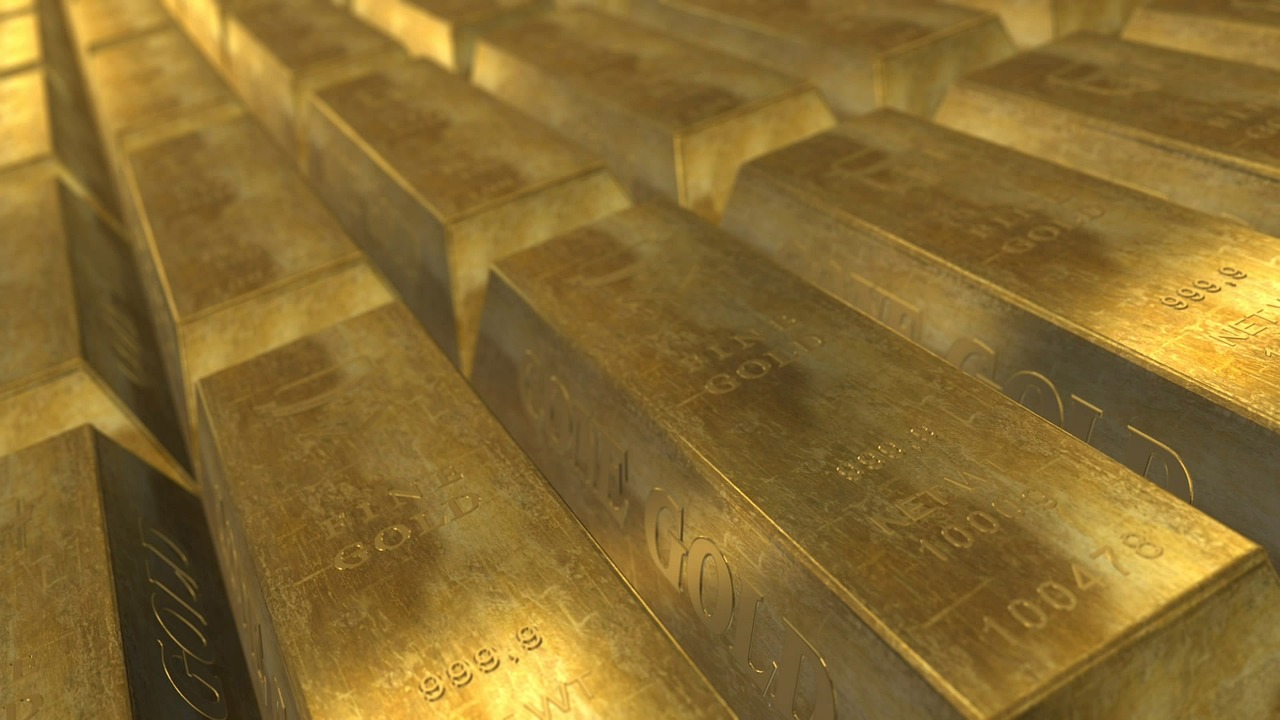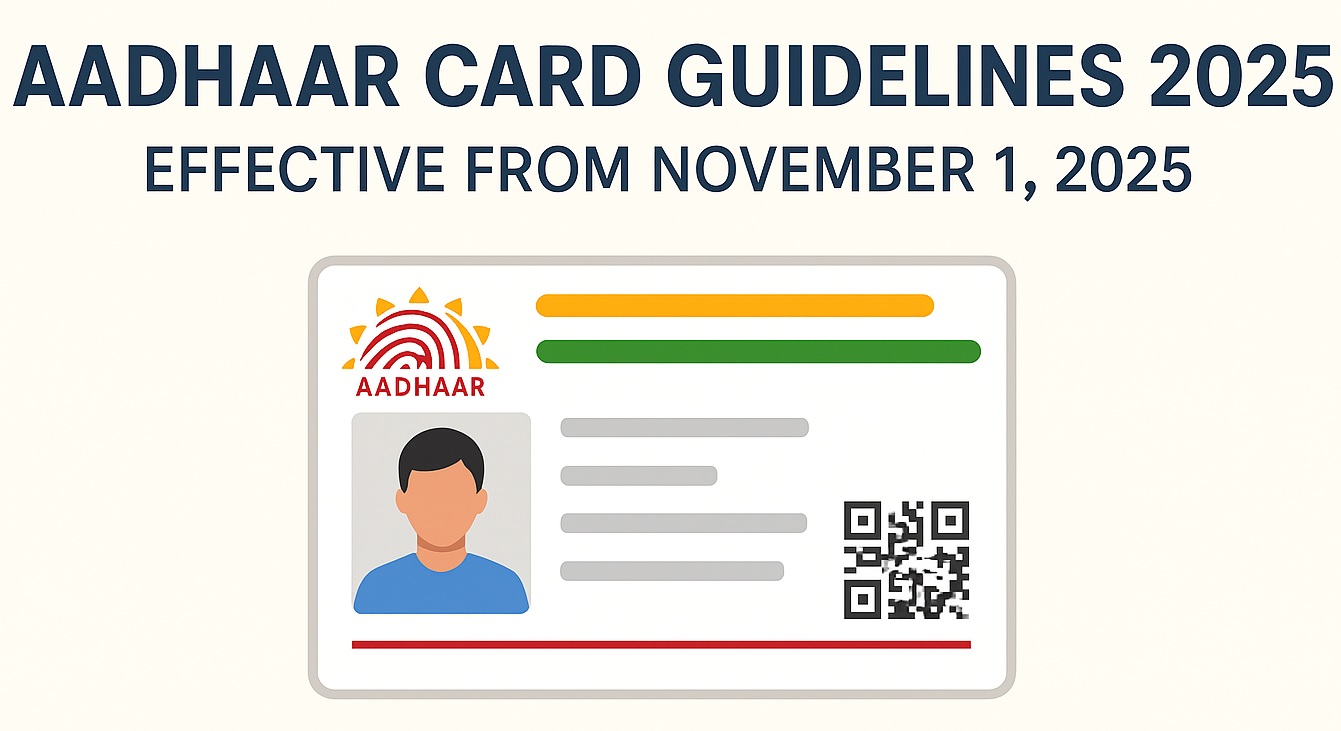The continuous surge in gold prices over the past two months has left investors anxious and uncertain about their ability to invest in gold. The recent news that the price of 10 grams of gold has reached ₹1 lakh has further heightened concerns, especially among those who were planning to buy gold in the near future.
Today, on 22nd April 2025, for the first time, gold prices in India have crossed the ₹1 lakh mark for 10 grams, marking a significant milestone. This key price point has made waves across markets, drawing the attention of investors, traders, and everyday buyers. But what’s driving this sudden surge in prices?
Why is the Gold Price rising?
Gold prices in India have crossed ₹1 lakh for 10 grams for the first time, mainly due to global economic worries and strong demand within the country. Gold prices have risen sharply, mainly due to increasing trade tensions between the US and China, which have created uncertainty in global financial markets. On top of that, US President Donald Trump has been openly criticizing the US Federal Reserve and pushing for quick interest rate cuts. These actions have led to a drop in the value of the US dollar. When the dollar weakens, investors usually move their money into gold, which is seen as a safer investment. This growing demand has pushed gold prices even higher, with spot gold reaching a record high of $3,473.03 per ounce.
Key Reasons behind the Hike in Gold Price 2025
Gold prices in India have recently crossed the ₹1 lakh mark for 10 grams, reaching an all-time high. This sharp rise is the result of various global and local influences. Here’s a look at the main factors behind this upward trend:
1. Global Economic Uncertainty
Rising geopolitical tensions, such as ongoing conflicts in the Middle East and unresolved trade disputes between major economies, have added to the sense of global economic instability. During periods of such uncertainty, investors tend to seek out safer investment options, and gold has long been considered a reliable store of value. As more people move their money into gold to protect against potential market volatility, its demand rises, pushing prices higher.
2. Central Bank Purchases
Central banks around the world, including the Reserve Bank of India, have been steadily increasing their gold reserves as part of their strategy to diversify assets and reduce reliance on foreign currencies like the US dollar. This large-scale institutional buying significantly contributes to the overall demand for gold. When central banks accumulate more gold, it reduces the available supply in the market, which in turn drives up prices.
3. Inflation and Interest Rates
Rising inflation and the possibility of future interest rate cuts have made gold more appealing to investors. When inflation remains high, the value of paper currency tends to erode, prompting people to look for assets that can preserve their purchasing power, like gold. Additionally, when interest rates are low or expected to drop, the opportunity cost of holding gold (which doesn’t generate interest or dividends) becomes lower. This makes gold a more attractive option compared to interest-bearing investments, increasing its demand and, in turn, its price.
4. Rupee Depreciation
The decline in the value of the Indian rupee against the US dollar has had a direct impact on gold prices in the country. Since India imports the majority of its gold and global gold prices are denominated in dollars, a weaker rupee makes gold more expensive to buy in the domestic market. This added cost gets passed on to consumers, contributing to the overall rise in gold prices within India.
5. Strong Domestic Demand
Even with gold prices at record highs, demand within India has remained strong, particularly during traditional festivals and the wedding season, when gold buying is considered auspicious. Deep-rooted cultural beliefs and customs continue to fuel consistent demand, regardless of price fluctuations. Additionally, many consumers and investors anticipate that prices may rise even further, prompting them to buy now rather than later. This steady domestic demand puts additional upward pressure on prices.
6. Shift to Gold Investments
Amid growing uncertainty and fluctuations in the stock market, many Indian investors are moving their money into safer assets like gold. This shift is especially evident in the rising popularity of gold-based investment options such as exchange-traded funds (ETFs), which allow people to invest in gold without physically buying it. The appeal of gold as a stable and reliable asset has led to record inflows into gold ETFs, further increasing demand and contributing to the upward momentum in gold prices.
7. Supply Constraints
The global supply of gold has been struggling to keep up with rising demand. One of the main reasons is that gold mining operations are facing increasing challenges, including stricter environmental regulations, higher operational costs, and limited availability of easily accessible gold reserves. These factors have slowed down production and restricted new supply entering the market. With demand continuing to grow and supply remaining tight, the imbalance naturally drives prices higher.
Final Thoughts
Gold crossing the ₹1 lakh mark isn’t just a symbolic milestone—it highlights broader global economic trends, shifting investor sentiment, and evolving market forces. This surge underscores how deeply interconnected global events, currency movements, and domestic demand are in shaping gold prices. For investors looking to safeguard their wealth or individuals planning to make a purchase, understanding these factors is essential. Staying informed and aware of the market landscape can help you make smarter, more timely financial decisions.
Sources: msn.com








